
3D SCOPEYE

Ergonomics

3D Imaging

Without an eyepiece

Ergonomics

3D Imaging

Without an eyepiece

THE BEST VIEWING EXPERIENCE
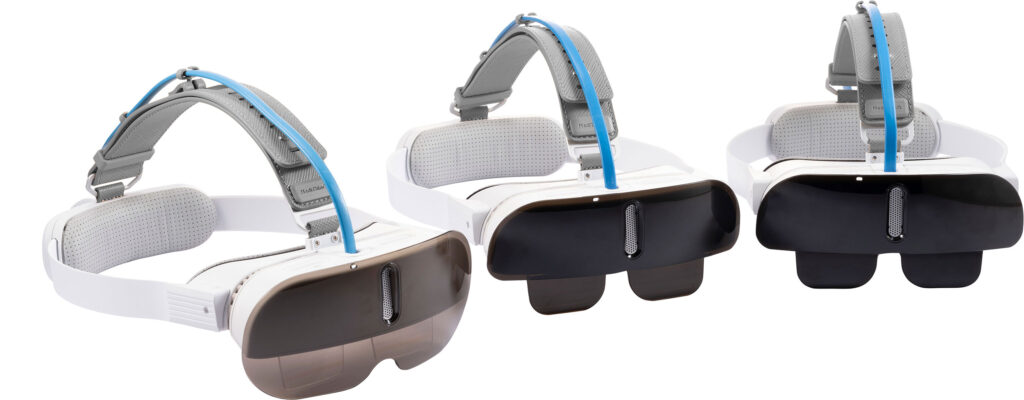
SCOPEYE EUD (Eyes Up Display)
SCOPEYE Mini (Coming Soon)
SCOPEYE provides the same images as the monitors, enhancing mobility and convenience by eliminating the constraints of position and posture, while allowing for real-time viewing.
Additionally, the image rotation and vertical/horizontal flip features enhance the work efficiency of medical staff and improve the accuracy of patient diagnosis and treatment.
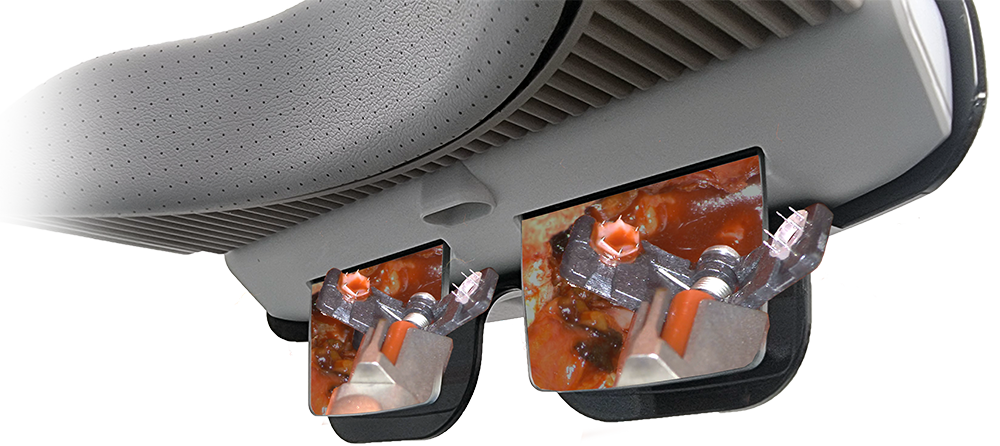
Unlike existing products that use monitors and ordinary glasses, SCOPEYE’s unique technology solves the dizziness caused by prolonged use.
It is a headgear type with a glass directly in front of the eyes, which provides Full HD high-resolution images at 4K level while being ultra-close to the surgeon’s eyes.
This means that SCOPEYE improves surgical efficiency and reduces time.
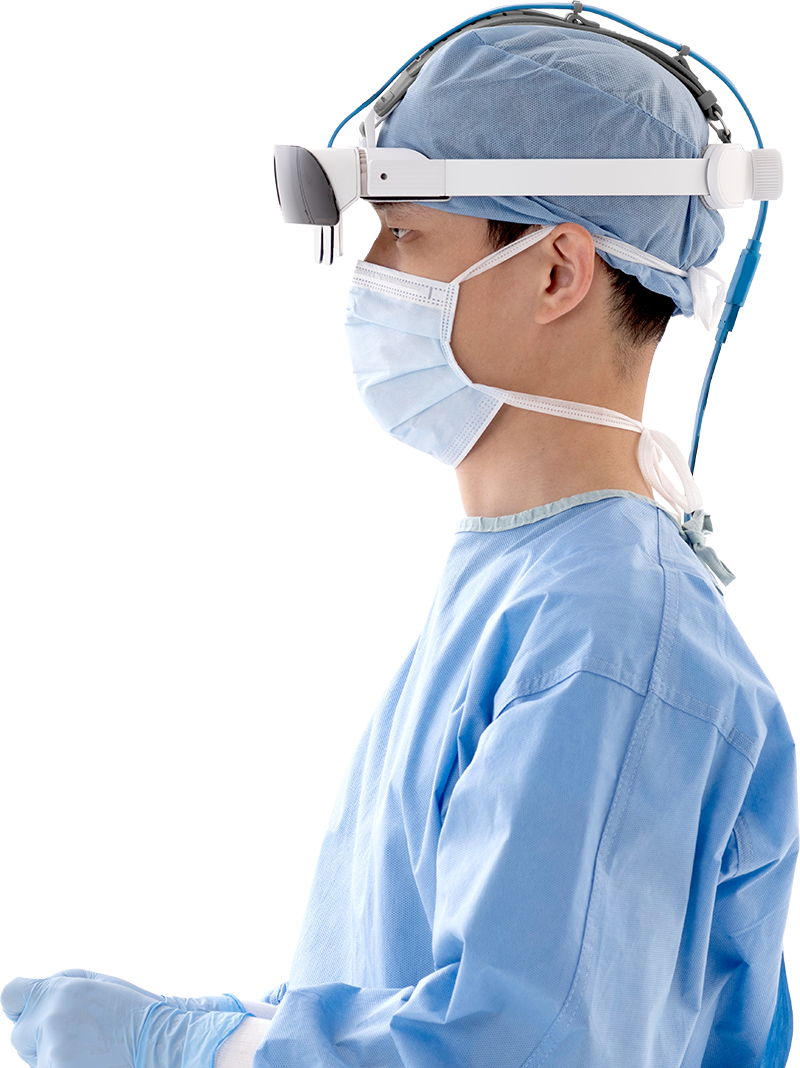
Image flip function(Mirroring and Inverting)
A wide FOV(field of view) 40ŌĆØ enables precise surgery
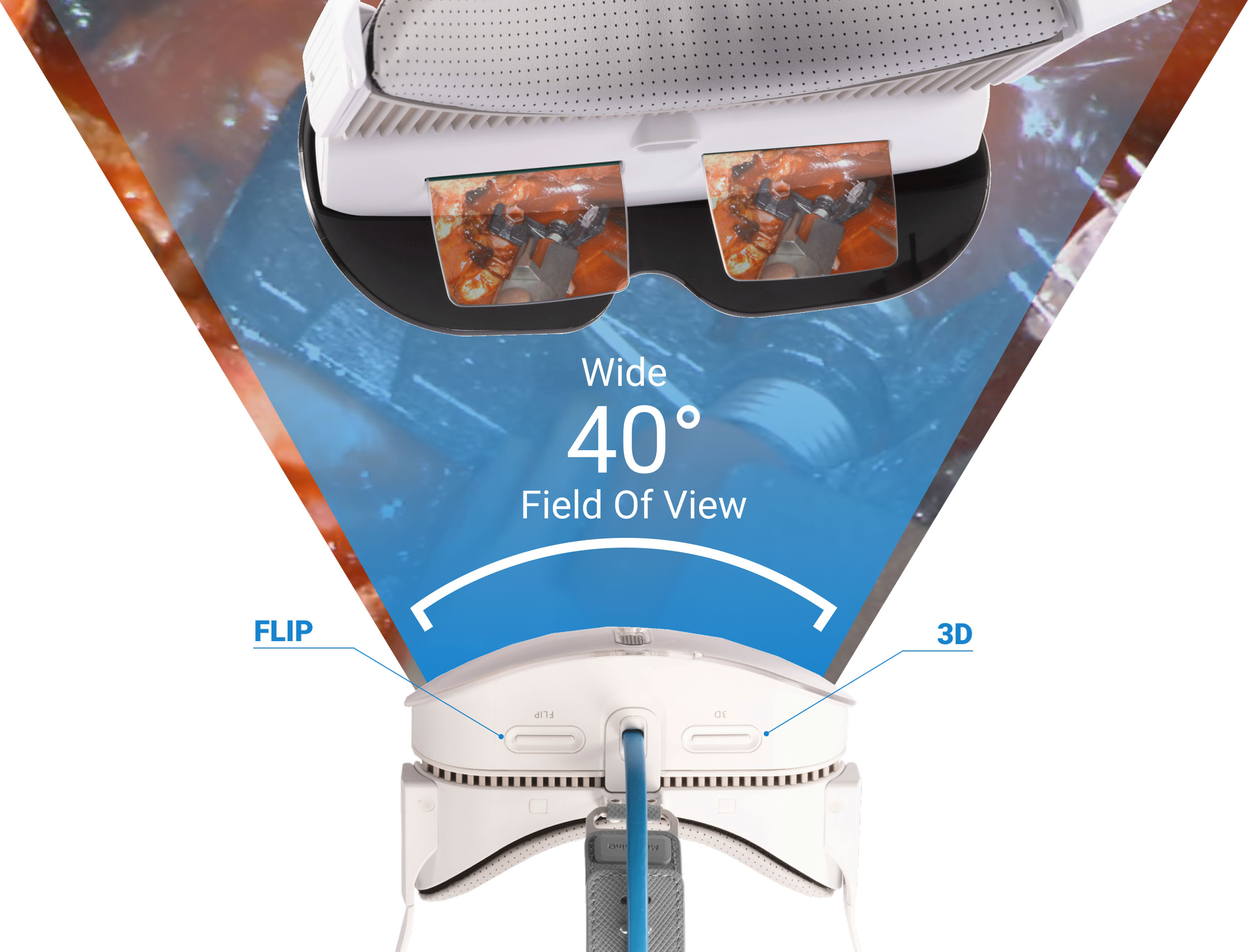
Just Plug In
Any devices
Wireless

Transmitter (SE-TXD)
– Input: DVI (Max. 1920 ├Ś 1080)
– Output: DVI (pass-through, Max. 1920 ├Ś 1080)
Wired
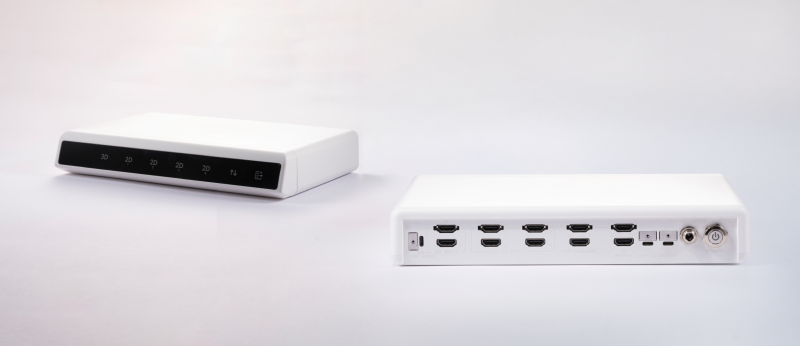
Multi Processor (SE-MP)
Input: 3D left/right (HDMI,1920×1080), 2D (4xHDMI, 4K)
Output: 3D(Side by Side, 1920X1080), 2D(1920X1080)
Less
SCOPEYE reduces surgical fatigue, pain, dizziness, and Operating time
Better
3D high-resolution images provide a sense of depth, enabling more precise surgery.
Multiple people can use it at the same time, which facilitates communication and collaboration among multiple surgical participants, thereby increasing surgical efficiency.
- Reduced surgery time
- Fatigue
- Disk injuries
- Surgical accuracy – safety – precision
- Real-time communication for healthcare providers
- Seamless collaboration

